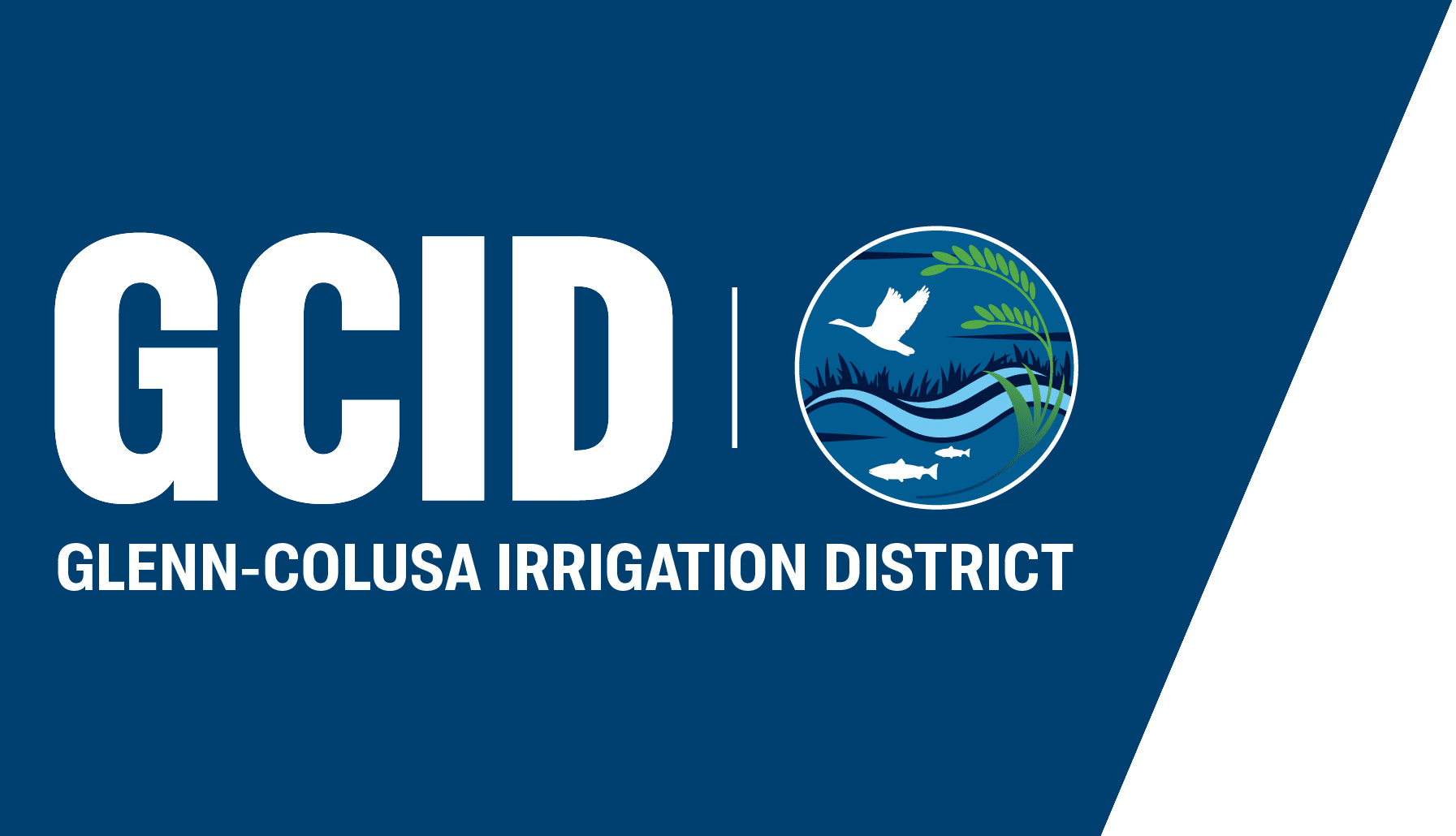By ED BOOTH | ebooth@chicoer.com |
REDDING — Ten million pounds of gravel will go into the Sacramento River next week, with the hope of preventing extinction for a critically endangered fish population.
That’s the goal of a continuing effort to boost the population of winter-run chinook salmon, as the U.S. Bureau of Reclamation and the Sacramento River Settlement Contractors are set to begin placing 5,000 tons of spawning gravel just north of Redding Monday.
The five-day project will seek to bolster the Keswick Dam Gravel Injection Site, where the two groups dropped 20,000 tons of gravel in April 2022. The resulting spawning habitat is crucial to the survival of the salmon, which have suffered in recent decades from disruption to their migration routes due to dams. Warmer water has also caused higher mortality to eggs in spawning zones, U.S. Fish and Wildlife biologists have determined, along with thiamine deficiency in the fish.
The salmon now depend entirely on artificially created spawning habitat and cold-water releases from Shasta Lake by way of Shasta and Keswick dams.
Biologists declared winter-run chinook salmon to be “threatened” in 1989 and “endangered” in 1994. Their numbers fluctuated annually, reaching a run size of approximately 3.7 million naturally spawned juveniles in 2019, but the subsequent severe drought — coupled with warmer water due to low flows and the resulting heat with rising ambient temperatures — brought the run size to only about 225,000 fish in 2022, the lowest on record.
That total eclipsed the previous low, approximately 240,000 in 2014 — which also followed a drought year.
The gravel project near Keswick Dam is part of a larger watershed-wide rehabilitation and restoration program implemented by the Sacramento River Settlement Contractors under the joint management of Reclamation District No. 108 and the Willows-based Glenn-Colusa Irrigation District. As part of the program, more than a dozen habitat restoration projects have been identified for implementation over the next five years.
Thad Bettman, the Glenn-Colusa Irrigation District’s general manager, said it’s important to be a part of this restoration effort, even though his district’s intake system is near Hamilton City, a little less than 100 river miles south of Shasta Dam.
“We’re intricately involved with the Sacramento River,” Bettman said. “Having a viable fishery on the river is important to us, as well as having an adequate water supply.”
He added that the GCID will send a crew to Redding to participate in the dumping of gravel, which a trucking company will transport to the site. The Bureau of Reclamation and the U.S. Fish and Wildlife Service fund the project but the GCID provides its expertise and manpower to implementing it.
See the full article here.




